What is Cryptocurrency Total Locked Value (TVL)?
Last Update: January 1st, 2025
TVL is the total value under staking in a Decentralized Finance protocol or a smart contract.

The total value locked determines the yield and the usability of DeFi applications and smart contracts within the broader crypto market.
A higher TVL dilutes rewards compared to a lower one. A high TVL signifies strong user trust and robust application health, but it can also attract malicious activities if assets are overly concentrated in one protocol, leading to significant losses if breaches occur.
Definition and Explanation
Total Value Locked (TVL) is a crucial metric in the decentralized finance (DeFi) space, representing the total value of digital assets locked or staked on a particular DeFi platform or protocol. This includes cryptocurrencies, stablecoins, and other digital assets, and is usually expressed in US dollars for easy comparisons across different blockchain platforms or protocols.
TVL serves as a key indicator of the overall health and popularity of a DeFi blockchain or decentralized application. By measuring the total value locked (TVL), investors and users can gauge the level of trust and activity within a specific DeFi platform, making it an essential metric for assessing the viability and success of DeFi projects.
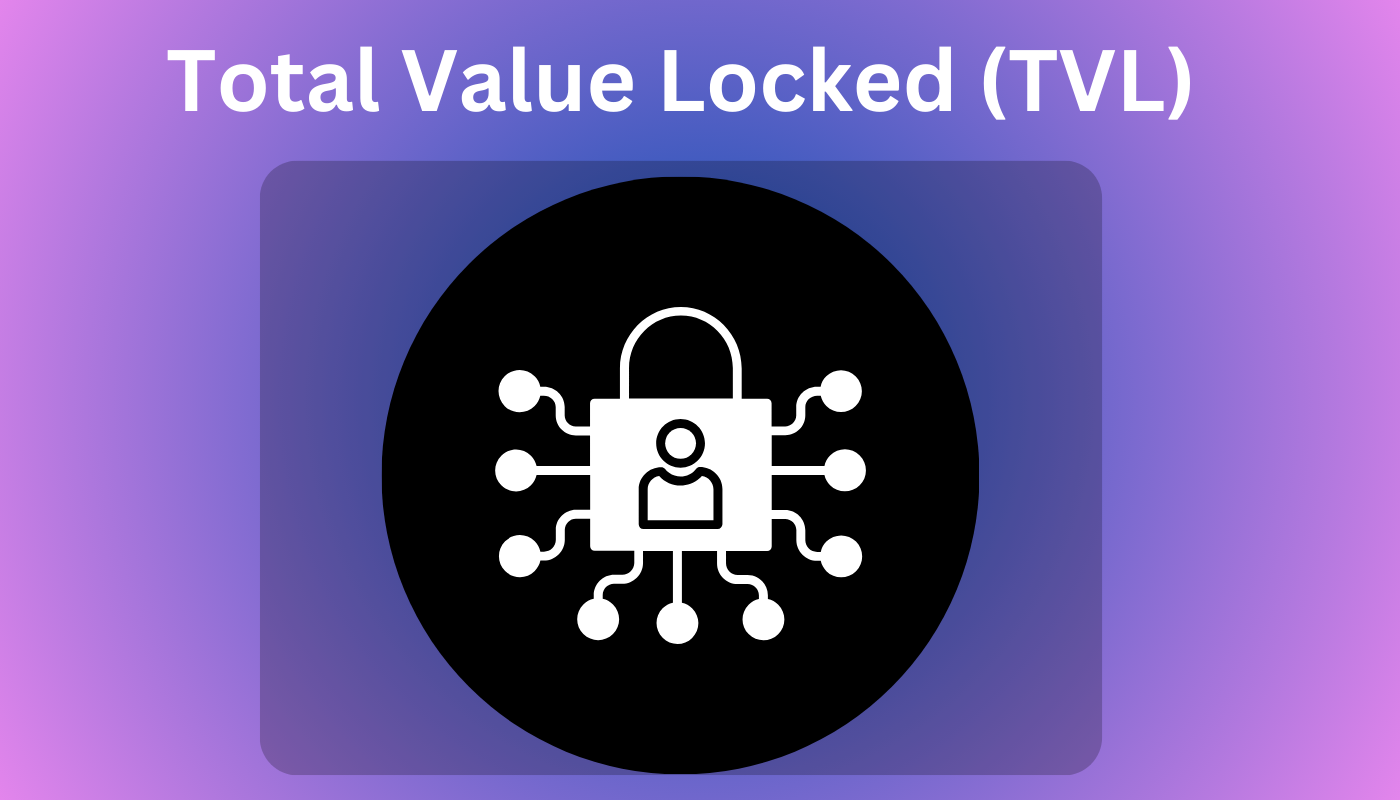
Importance of TVL in DeFi
TVL is essential in DeFi as it indicates the capital’s impact on DeFi applications’ profits and usability for traders and investors. A higher TVL means more capital is locked in DeFi protocols, allowing participants to enjoy more considerable benefits and proceeds.
Conversely, a lower TVL implies a lower availability of money, resulting in reduced yields. TVL helps identify a project’s market share, with a higher total value locked in DeFi indicating a project’s dominance in the space.
This metric is vital for investors looking to understand the potential returns and risks associated with different DeFi protocols, as a higher TVL often correlates with greater liquidity and stability.
How is TVL Calculated?
TVL is calculated by summing up the digital assets locked in a specific protocol at a given time. These assets can include cryptocurrencies, stablecoins, liquidity tokens, and other digital assets.
The total value locked can fluctuate with the market value of its locked assets, meaning that the TVL on a platform may change even if no new assets are deposited or withdrawn.
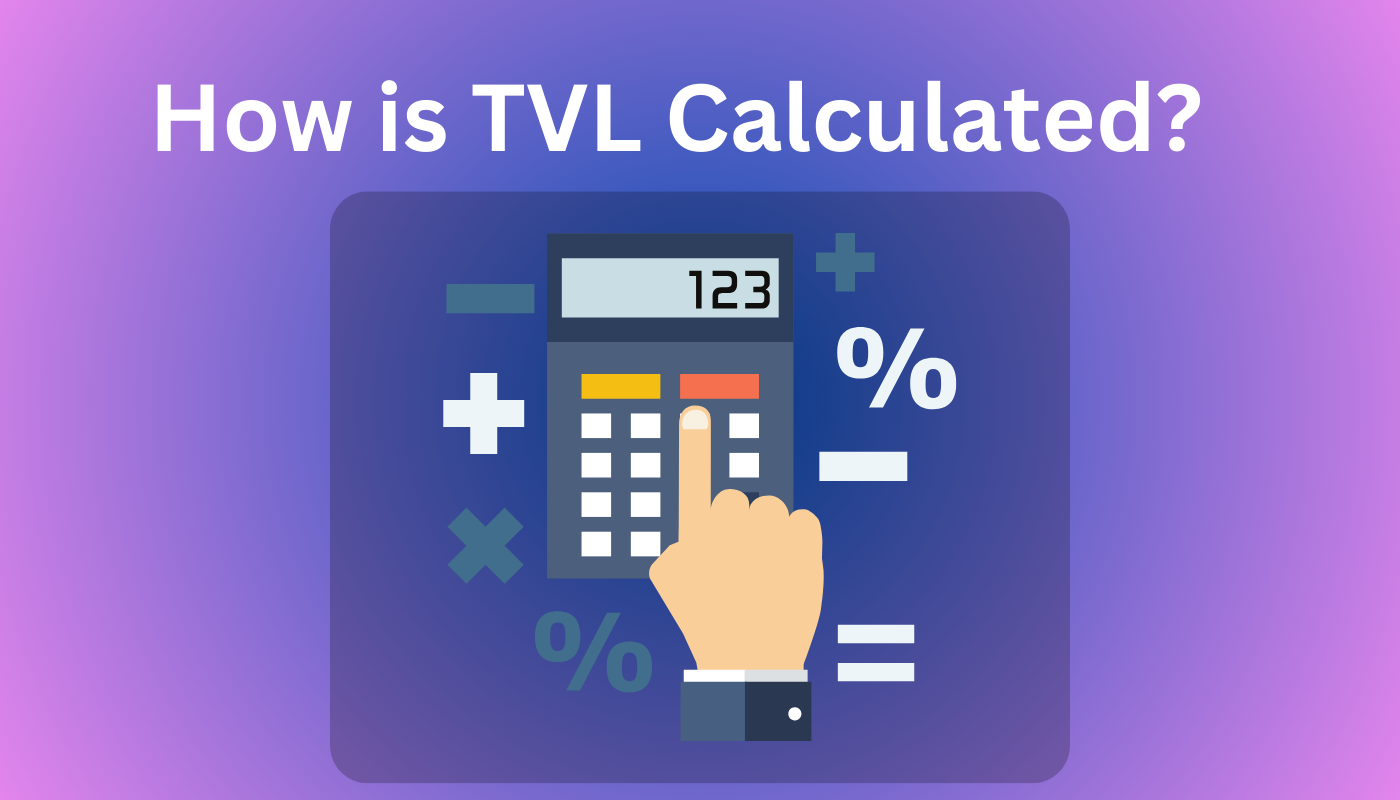
The calculation involves listing all the assets, determining their quantity, calculating their value based on current market prices, and summing up the values.
This dynamic nature of TVL makes it a real-time indicator of the health and activity within a DeFi protocol, reflecting both the underlying supply and the current market cap of the assets locked.
What are the Ways Crypto Projects Can Increase TVL?
Crypto projects can increase TVL by implementing strategies that attract more users and encourage them to lock their assets in the protocol. Some effective ways to achieve this include:
- Offering competitive staking rewards and interest rates: By providing attractive returns, projects can incentivize users to stake their assets.
- Providing liquidity incentives and yield farming opportunities: These can attract yield farmers looking to maximize their returns.
- Developing user-friendly interfaces and improving user experience: A seamless and intuitive platform can attract more users.
- Enhancing security measures and transparency: Building trust through robust security protocols and transparent operations can encourage more users to lock their assets.
- Building a strong community and fostering partnerships with other DeFi projects: Collaborations and a supportive community can drive more engagement and asset locking.
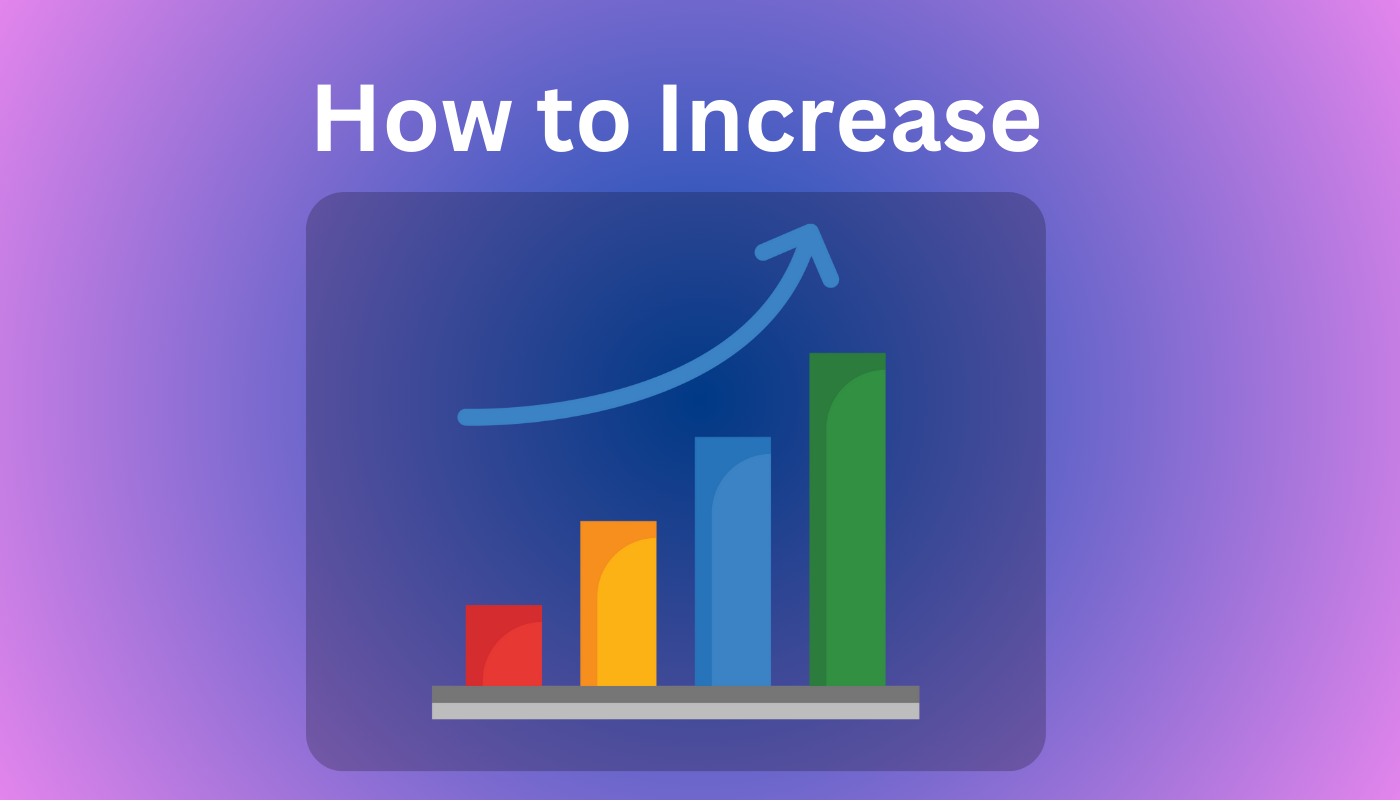
What are the ways crypto projects can increase total value locked TVL
Crypto projects can increase TVL by adding more liquidity pools to incentivize users to deposit and lock more tokens into the platform, thereby enhancing the attractiveness of a DeFi asset.
TVL can also be increased by setting the borrowing rates at an optimum to encourage yield farmers to produce more tokens.
A DeFi project’s TVL can influence investor perceptions and engagement, indicating the platform’s reliability and user activity levels. An increase in TVL shows the popularity, usability, and value of a project.
Staking
DeFi platforms play a crucial role in staking, which is the locking of cryptocurrency in a wallet to support the operations and security of the blockchain and receiving a reward in return.
Staking increases the Total Value Locked in a protocol considering the duration before the vesting period. The use of vaults can also lead to a rise in the TVL.
Vaults receive cryptocurrency like a normal wallet but prevent immediate withdrawals with additional steps. A user has to invite trusted persons to co-sign the withdrawals and approve the transactions to withdraw the funds.
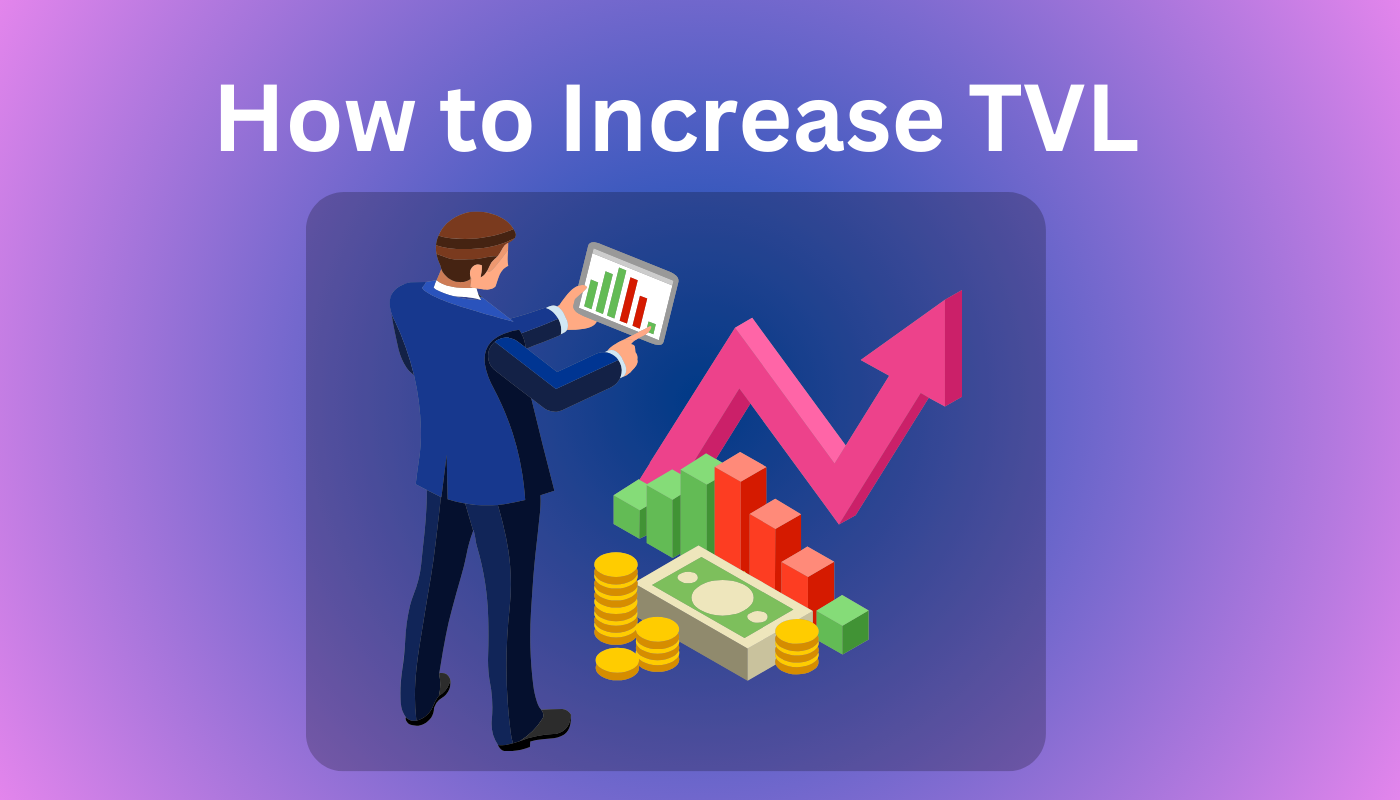
Vaults
A vault applies secure withdrawal procedures after its creation, and protocol cancels unapproved vault withdrawals within a day.
Liquidity pools are crypto-assets locked in smart contracts to offer liquidity for decentralized exchanges. Understanding TVL trends is crucial for investors to assess the stability of DeFi projects and make informed investment decisions.
Liquidity Pools
The pools facilitate the trading of pairs, and traders do not have to wait for the matching of buyers and sellers; instead, they can leverage on a funded liquidity pool. Liquidity providers earn a return for funding the liquidity pools and contribute to the TVL.
In projects like Uniswap, where the TVL comprises the assets at the project’s liquidity pools, the value can grow exponentially during price jumps and gives false expectations of asset inflow and liquidity availability.
Factors Affecting TVL
TVL is affected by various factors, including:
- Market fluctuations: TVL is sensitive to the market value of the underlying assets, and changes in the market can significantly alter a platform’s TVL.
- Deposits and withdrawals: The total value locked on a platform can increase or decrease based on the number of deposits and withdrawals.
- Value of the fiat currency or native token: Changes in the value of the fiat currency or native token can impact the TVL.
- Competition: The TVL of a platform can be affected by the competition in the DeFi space, with users choosing to lock their assets in other protocols that offer better rewards or services.
- Regulatory environment: Changes in regulations can impact the TVL of a platform, with users choosing to lock their assets in protocols that are more compliant with regulatory requirements.
Understanding these factors can help investors and developers anticipate changes in TVL and make informed decisions in the dynamic DeFi space.
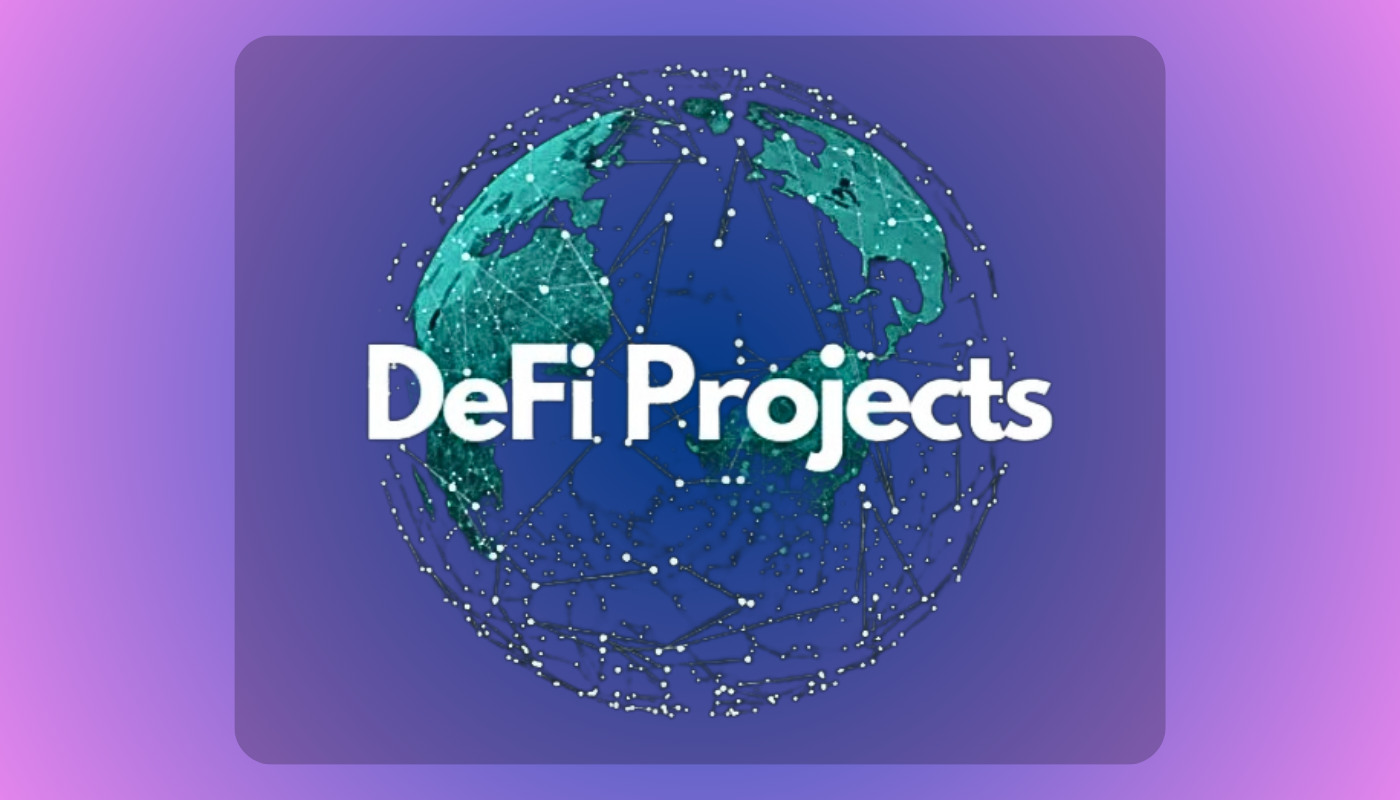
How can TVL Impact the Price?
A rise in the price of a digital asset increases the TVL and signifies the network’s growing popularity. The TVL metric depends on the price of Ethereum, where most smart contracts and DeFi applications are built. The drawback in TVL is that it overstates the value in a bullish market, and similarly, overstates the asset outflow when the market is facing a bearish momentum.
The adjusted Total Value Locked improves the Nominal TVL, which can be inflated based on the price movements. Adjusted TVL removes the external influence on the value of the DeFi.
DappRadar’s adjusted TVL metric values the asset in a protocol based on their 90-day initial price to get the net flow of the asset and not the price changes factor.
How Significant is the TVL/Market cap ratio?
TVL/market cap ratio is significant as a measure of an asset valuation showing whether it is overvalued or undervalued. A TVL ratio of less than 1 means the underlying asset is undervalued.
The current market cap is calculated by multiplying the circulating supply by the current price, while the TVL ratio is calculated by dividing the market cap by the TVL.
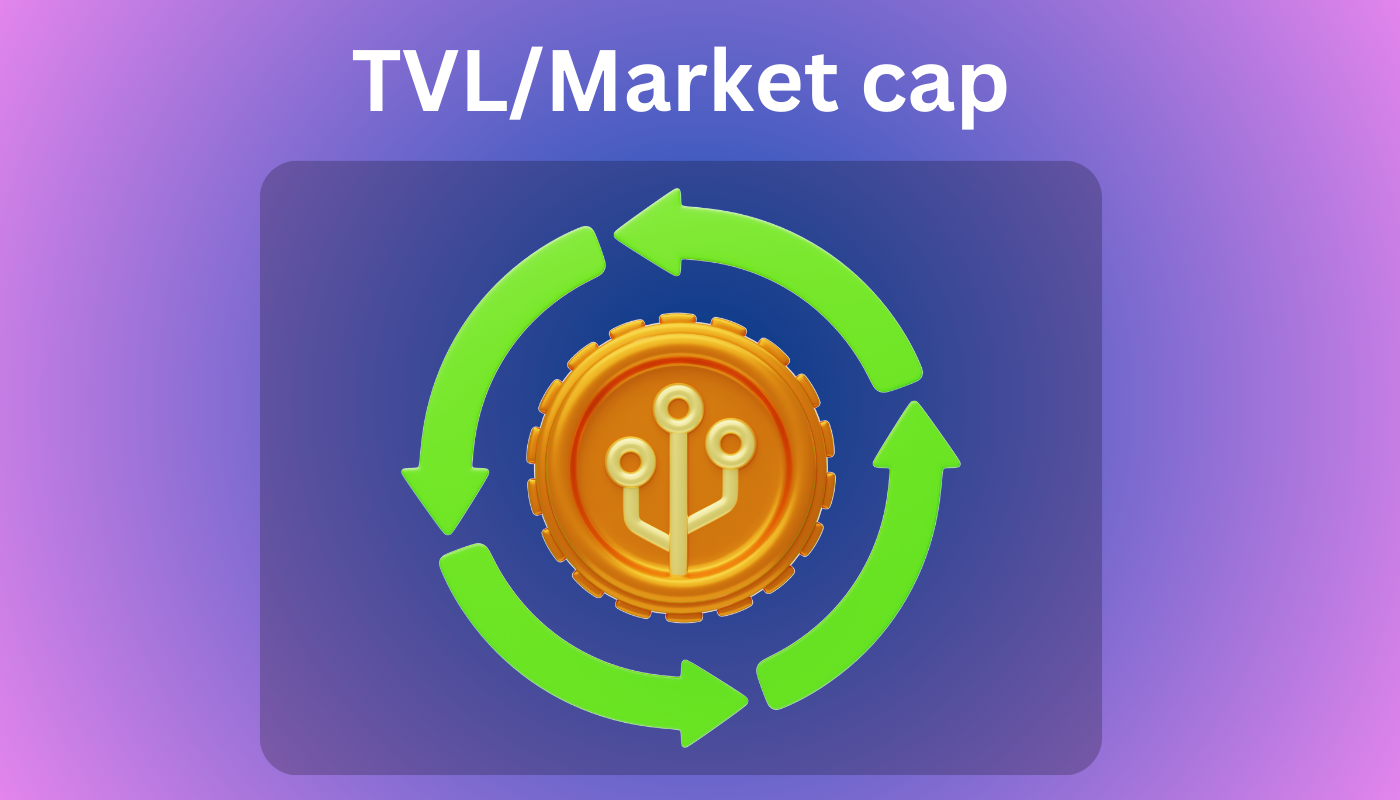
As the TVL ratio goes up, the value of the asset drops. The market cap ratio is an important metric in determining sound DeFi providers. Investors should use protocols with a TVL value of more than $1 billion and must be an audited platform.
How to Track DeFi Protocols TVL?
Crypto projects TVL can be tracked with metrics offered by third parties in the Decentralized Finance space. DeFi Pulse metric is the most popular service that tracks the DeFi providers and ranks them on their Total Value Locked. The metric tracks Ether, Dai, and Bitcoin locked in a protocol. TVL powers the DeFi indexes that calculate their weights based on the value locked in the project’s smart contracts.
DeFi Pulse counts the total assets locked in a smart contract and multiplies it by the dollar value the asset could sell for in a spot market. The metric, however, needs not double-count the assets. For a deposit that creates new cryptocurrency assets and is channeled elsewhere, the DeFi Pulse only counts the new assets, and the metric does not consider other digital assets locked.
Other platforms that track TVL include DeBank, DeFiLama, CoinGecko, and EtherScan. DeBank has a DeFi dashboard, a DeFi Wallet, and a directory.
DeFiLama lists over 70 TVL DeFi projects and can be used as an alternative to DeFi Pulse. Etherscan is ideal for Ethereum and ERC-20 tokens. However, Etherscan shows a TVL of $15 billion, making it accommodate very few DeFi projects.
Sidebar rates
HFM
wgt-lc-defi
- DeFi Lending
- DeFi Yield Farming
- AMM (Automated Market Maker)
- DEX
- Cross Chain Bridges
- Crypto Options
- Tokenized Bonds
- Crypto Derivatives
- On-chain synthetic Assets
- Cryptocurrency Perpetuals
- Cryptocurrency Staking
- Cryptocurrency Total Locked Value (TVL)
- Impermanent loss
- Rebase Token
- Decentralized Autonomous Organization
- Decentralized Application
- Gas Fees
- Liquidity Pools
- Cryptocurrency Tokenomics
- Pegged Stablecoins
